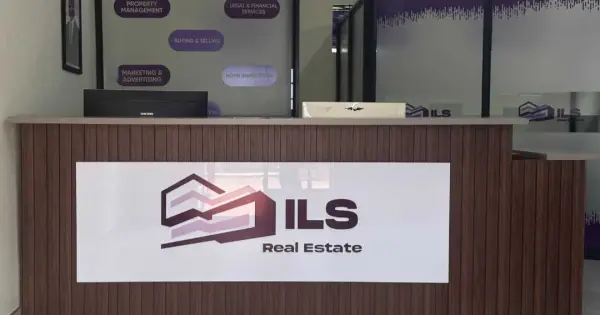Winter is over and now on the horizon are the dry hot months of October. Zimbabwe’s lengthy dry season puts pressure on water reserves across the country's properties. With the hot, parched months ahead, thoughtful management and preparation is key to ensuring adequate supply. This article outlines steps property owners should take to conserve, augment and secure water during dry times.
Audit Your Water Sources
The first step is taking thorough stock of the water sources available on your property. Check the health of boreholes, wells, piping and pumps. Make any needed repairs. Assess the condition of dams and rainwater harvesting tanks. Remove excess sediment and debris. Repair leaks or damages. Test water quality, especially from groundwater. Install treatment if necessary. Evaluate yield from all sources. Are they capable of meeting your full dry-season needs?
Practise Household Water Saving
Practising water efficiency in the house conserves supply for essential needs: Fix any leaky taps, pipes, and cisterns which waste precious water. Install water-saving taps, showerheads and dual flush toilets. Reuse household greywater for flushing toilets or watering plants. Take short showers instead of baths. Turn off taps while brushing teeth or shaving.
Reduce Outdoor Water Use
Reduce outdoor water usage: Let lawns and grassy areas go dormant during the dry months to avoid irrigation. Use drip irrigation or water garden beds manually using low-flow methods. Water gardens and lawns early morning or evening to minimize evaporation. Mulch beds to retain soil moisture.
Protect and Maintain Sources
Keep water sources protected and maintained: Fence off springs, wells and dams to prevent contamination. Check boreholes monthly and service pumps regularly. Clear excess algae, leaves and silt from dams and tanks. Perform repairs as needed. Shield tanks, troughs and dams using covers to reduce evaporation. Rotate livestock grazing and resting periods to prevent overgrazing around dams and watering points.
Upgrade Equipment and Facilities
The lack of sufficient water infrastructure can be addressed by upgrades:
Build new boreholes or deepen existing ones to reach lower groundwater if needed.
Install piping and high-capacity pumps for boreholes if supply is inadequate.
Add water harvesting tanks, gutters and covers to capture and store seasonal rainfall when available.
Expand the capacity or number of farm dams to hold increased reserves. Line dams to prevent seepage losses.
Add water troughs in grazing areas to prevent erosion and provide drinking water away from dams.
Monitor Usage Closely
Closely monitoring water usage and supply levels is crucial during the dry season. Keep daily track of stock quantities across all sources such as dams, tanks and boreholes. Record the exact output from boreholes and wells. Watch for any declining yields which can indicate dropping groundwater levels as the dry season progresses. This allows you to identify shortfalls early and take corrective action.
Have Contingency Plans
Even the best preparations can fail if the dry period is prolonged. Have contingency plans ready to tackle potential water shortages. Make arrangements for emergency water to be trucked or piped in from outside sources as a backup. Always keep large storage tanks topped up to their maximum capacity. Identify any unused groundwater sources, like backup boreholes, that can provide emergency water for livestock if main supplies run dangerously low. With prudent contingency planning, you can avoid disaster even in extreme drought.
With preparation, vigilant monitoring, and action taken early, Zimbabwe’s property owners can secure steady water even during hot, dry times. Use these key steps to evaluate, conserve and augment your water sources for smooth sailing through the dry season.




